
The Zen-inspired, shamanistic paintings, sculptures, and installations of Hong-wen Lin reveal the intensity of an artist whose forms are as precise and accurate as they are mysterious and divergent. Regardless of what medium or materials he uses, there is a persistent connection that pulls the forms together. The connections are, perhaps, more hidden than they are obvious. The latent force within these sculptures and paintings—what the ancient Chinese understood as the qi—is a vital energy that inhabits natural and constructed forms, including those derived from and through Lin’s art. His forms reveal a hidden structure, an underlying current that flows between the various constituent parts. Whether they exist in two or three dimensions or represent figures or abstract ideas, is less important than their ability to reveal internal energies.
Dating back to the Neolithic era, forms that we call ”art” today were once a manifestation of the qi practiced by shamans or sages who observed and felt the omnipresent spiritual animism found in all aspects of life; plans, rocks, trees, fish, seeds, fruits, animals, and human beings. The role of the shaman in ancient Taiwanese rituals was to exhibit signs of the qi, to reveal the energies within nature, the cosmos, and within the bodies of living creatures. By the eighth century, some of these ideas were adopted, refined, and acculturated by Zen (Ch’an) and Taoist monks whose meditative practices sought “emptiness” or no-mind (wu-nein) through sudden acts of enlightenment, known as satori. Today one can discover certain forms of art practiced in the south of Taiwan that continue to retain the history of this consciousness. Lin Hong-wen is an artist who practices through his art a way of non-being within being—whereby art becomes the signifier of energy—the gi—and the source of all knowledge.
In April 2009, during my visit to the artist’s studio outside of Tainan in the southern and most traditional region of Taiwan, I noticed that many of Lin’s sculptures rose up vertically from the ground while others were suspended on wires overhead. Some were made of welded steel while others were cut from strips of bamboo and nailed or tied together. Some of these forms were positioned vertically in space while others extend horizontally in relation to the ground plane. Upon occasion, the steel shaft is inserted into a stone as if to suggest that the forged steel was an extension of nature, the source from which the form arose. The shape of the stone plays an important role in the visual ascent of the steel shaft. The steel becomes a subtle organic variation of the stone. As an artist and critic, born in the United States, I was drawn to a comparison between the work of Lin Hong-wen with work by the abstract expressionist painter and sculptor, Barnet Newman. Some years ago I remember seeing three steel sculptures made by Newman in the sixties, entitled Here Ⅰ,Ⅱand Ⅲ,in which vertical shafts—either forged in steel or stainless steel—rise up from steel bases. In each case, the vertical ascent becomes an indication of the surrounding space as if to suggest a marker, a spiritual presence in time, or an existential moment. I was reminded of these upon seeing the steel sculptures by Lin Hong-wen at his Tainan studio.
The two sculptors could not be further apart. Newman was an orthodox Jew while Hong-wen comes from a Buddhist background. Even so, the sculpture of both artists appears to touch on a similar idea: the rising shaft of steel ascending upward from ground to sky, from Earth to Heaven, from the fertile ground to the transcendent ether. There are, of course, expressive nuances and differences between the forms of each artist. For Lin Hong-wen, there are subtle modulations in which the steel bends or twists near the top as revealed in his large steel sculpture in front of the Modern Calligraphy Museum in Taiwan. In any case, these elements give the vertical rise in Lin’s sculpture a specific character, such as one might see in the work of a calligrapher searching for the qi while using the gentle force of the brush. I began to understand that Hong-wen’s approach to sculpture as perfectly consistent with the spatial orientation of his work as a painter and also to see that Newman’s sculpture was, in fact, perfectly consistent as well.
While the Taiwanese artist in more varied in terms of the outward play of the gestures, marks, and colors than Newman—who uses his vertical “zip” in a more consistent way—each artist has complex spiritual ideas that are instilled within the various works. For example, Newman’s “zip” could be seen either as signs of the divine light in Jewish history or a in a strictly formal way as an internal reiteration of the frame that surrounds the painted field. In Hong-wen, the shaft of steel is less direct in its symbolic or structural intentions, more given to an irrational sudden enlightenment that Zen works would call satori. There is no formulaic or calculated manner by which Lin Hong-wen expresses a specific idea or narrative. Rather he is interested in the rapid intuitive expression, such as a bend, a twist, or a cut in the steel, which not only accentuates the work’s formal structure, but also distinguishes the quality of one sculpture from another. In reflecting on the forms of Hong-wen I came to understand that the fundamental structure begins with the brush, the calligraphic source, in which the line bends, twists, and cuts through space in ways that are always the same, but always different. In this respect, Hong-wen is applying the universal law of the brush to working with steel and bamboo in his sculptures. Many of these can be seen in this exhibition, each carrying is own special identity—always the same, but always different.
Before ending my remarks on Lin’s highly original forms (at least from a Western perspective), I would like to make a couple of comment about his paintings and the installation, shown in the lobby of the Taipei Economic and Cultural Center in midtown Manhattan. His paintings have a similar consistency and structure as the sculpture, an intuition that relates to the brush, to color and space. They are five paintings in particular that I will cite: three single works on canvas, one diptych, and a smaller triptych. One painting indulges in thin washes in a light pink in which the drips are visible beneath the outer layer. There is a calligraphic oval in the center, marks that are difficult to decipher. In a second work, the surface if filled with gestural marks on a less even background divided roughly into three sections. The calligraphic shapes resemble unidentifiable flora and fauna, but for the most part the brushwork is open and without closure. The third singular painting is a modest overall gray. Neither warm nor cool, the gray is also translucent with a few drips and running falling over an open boar-like structure in the center of the canvas. The fourth work is a major work, a diptych in which the left panel is a mottled and scratched charcoal surface while the right panel is a translucent earth red over a darkened underside. The right panel is also marked and scratched with an ultramarine brushstroke near the top edge. The fifth painting is a smaller triptych. The left panel is a bright orange, the center is a dark pthalomine green, and the right panel is gray. Each panel has an unidentified marking or shape. The orange panel has an irregular beige shape at the top, the others have less defined marking in the center.
Finally, I would argue that the installation that consists of floating shapes resembling kites—like much of Hong-wen’s work—does not make itself obvious. By this I mean that the shapes are only what they are, and, in this sense, Hong-wen’s installation is close to nature. His suspended “floating clouds” are suspended overhead, but they also function as a signifiers of the earth. Whether the artist goes for gravity or for air-borne lightness, there is often an unexpected element. In this case, he plans to site one of his larger steel sculptures below the floating elements, thus suggesting a visual and conceptual tension between air and gravity. In another recent work, shown in southern Taiwan, he placed a video screen exposing a large human eye inside an elongated structure constructed of split bamboo. In such works, Lin’s work is not only a signifier of something else, but an actual presence of his own journey through time, his own ability to inhale and exert force when necessary, and to exhale and relax when necessary. As with all journeys on Earth made by human beings, the rhythm of the energy is knowing when and how to exert and how and
when to relax, otherwise little of consequence will happen. This, I believe, is the important message of the artist Lin Hong-wen.
Note on the Curator
Robert C. Morgan is a writer, critic, curator, artist, and art historian, who holds a Master of Fine Arts from the University of Massachusetts, Amherst and a Ph.D. from New York University. He lives in New York city, where he teaches at the school of Visual Arts and at Pratt Institute. A frequent lecturer and traveler—especially in Asia—Morgan is the author of many books and monographs, including Art into Ideas: essays on Conceptual Art (1996,Korean translation,2007) The End of the art work(1998) and Vasarely (2004). He has authored catalogs on Chinese artists, including Zeng Fanzhi, Ye Yongqing, Cui Guotai, Wenda Gu and Zhang Jian Jun, and is the New York Editor of Asian Art News. Robert Morgan has curated over 70 exhibitions in museums, galleries, and cultural spaces throughout the world, including the first New York exhibition of Hung Liu in 1989. His own work as an artist is represented by Bjorn Ressle Gallery in New York. NEW YORK, NY, July 17, 2019 /24-7PressRelease/ -- Marquis Who's Who, the world's premier publisher of biographical profiles, is proud to present Robert C. Morgan, PhD, with the Albert Nelson Marquis Lifetime Achievement Award. An accomplished listee, Dr. Morgan celebrates many years' experience as a professional advocate in the field of contemporary art. He is noted for his scholarly and educational achievements in studio art, art criticism, the history of art, and his curatorial practice.
As in all Marquis Who's Who biographical volumes, individuals profiled are selected on the basis of current reference value. Factors such as position, noteworthy achievements, visibility, leadership, and overall prominence are all taken into account during the selection process.
Among his various accomplishments, Robert C. Morgan, Ph.D. is knowledgeable in the history and aesthetics of both Western and Asian art. Morgan has lectured widely, written hundreds of critical essays (translated into twenty languages), published monographs and books, and curated numerous exhibitions. He has written reviews for Art in America, Arts, Art News, Art Press (Paris), Sculpture Magazine, The Brooklyn Rail, and Hyperallergic. His catalog essays have been commissioned and published by distinguished galleries, such as Gagosian, Pace, Sperone Westwater, Van Doren Waxter, White Cube (London), Kukje (Seoul), Malingue (Hong Kong), and Ink Studio (Beijing).
Since 2010, he has been New York Editor for Asian Art News and World Sculpture News, both published in Hong Kong. Many consider his book, The End of the Art World (Allworth, 1998), a classic in predicting the loss of critical judgment in art and its future direction as a marketing and investment phenomenon. His edited anthologies, Bruce Nauman (The Johns Hopkins University Press, 2002) and Clement Greenberg: Late Writing (New York: University of Minnesota Press, 2003) attest to Dr. Morgan's extraordinary diversity in analyzing the works of both a major conceptual artist and a legendary critic in the field of modern and contemporary art.
In addition, he has written books and edited anthologies, published by Cambridge University Press, George Braziller, Inc., McFarland & Company, Inc., and Harry N. Abrams, Inc. In 1999, he was awarded the first ARCALE prize for International Art Criticism in Salamanca (Spain), and the same year served on the UNESCO jury at the 48th Biennale di Venezia.
In 2002, he was invited to give the keynote speech in the House of Commons, U.K. on the occasion of Shane Cullen's exhibition celebrating the acceptance of "The Agreement" with Northern Ireland. In 2003, Dr. Morgan was appointed Professor Emeritus in Art History at the Rochester Institute of Technology, and, in 2005, became a Senior Fulbright Scholar in the Republic of Korea. In 2011, he was inducted into the European Academy of Sciences and Arts in Salzburg; and, in 2016, the Hesburgh Library, University of Notre Dame, acquired The Robert C, Morgan Collection on Conceptual Art.
Much of his work since the late 1990s has focused on art outside the West with books translated and published in Farsi, Korean, and Chinese. He continues to work with contemporary ink artists in the People's Republic of China on whom he has frequently lectured and written. In addition to ongoing invitations to lecture and curate throughout Europe, Latin America, and many parts of Asia, he has twice been invited to the Islamic Republic of Iran where he has lectured and juried two major exhibitions.
In addition to his scholarly pursuits, Morgan has continued a parallel involvement as an artist (since 1970). Having had numerous exhibitions in past years, including the Institute of Contemporary Art in Boston (1972 and 1974), The Whitney Museum of Contemporary Art in New York (1976), the Ulrich Museum of Art in Wichita, Kansas (1980), a major survey of his paintings and conceptual works was shown at Proyectos Monclova in Mexico City (2017), which published a scholarly bilingual catalog focusing on Morgan's artistic career.
© Hong-wen Lin
Untitled, 3x3x110cm, Copper, 2002 © Hong-Wen Lin
Untitled, 116x23x17cm, Copper, 2001 © Hong-Wen Lin
© Hong-wen Lin scuplture outside of ming zong calligraphy museum
© Hong-wen Lin scuplture outside of ming zong calligraphy Museum
Untitled, 61x26x21cm, Copper fossil, 2003 © Hong-Wen Lin
© Hong-Wen Lin
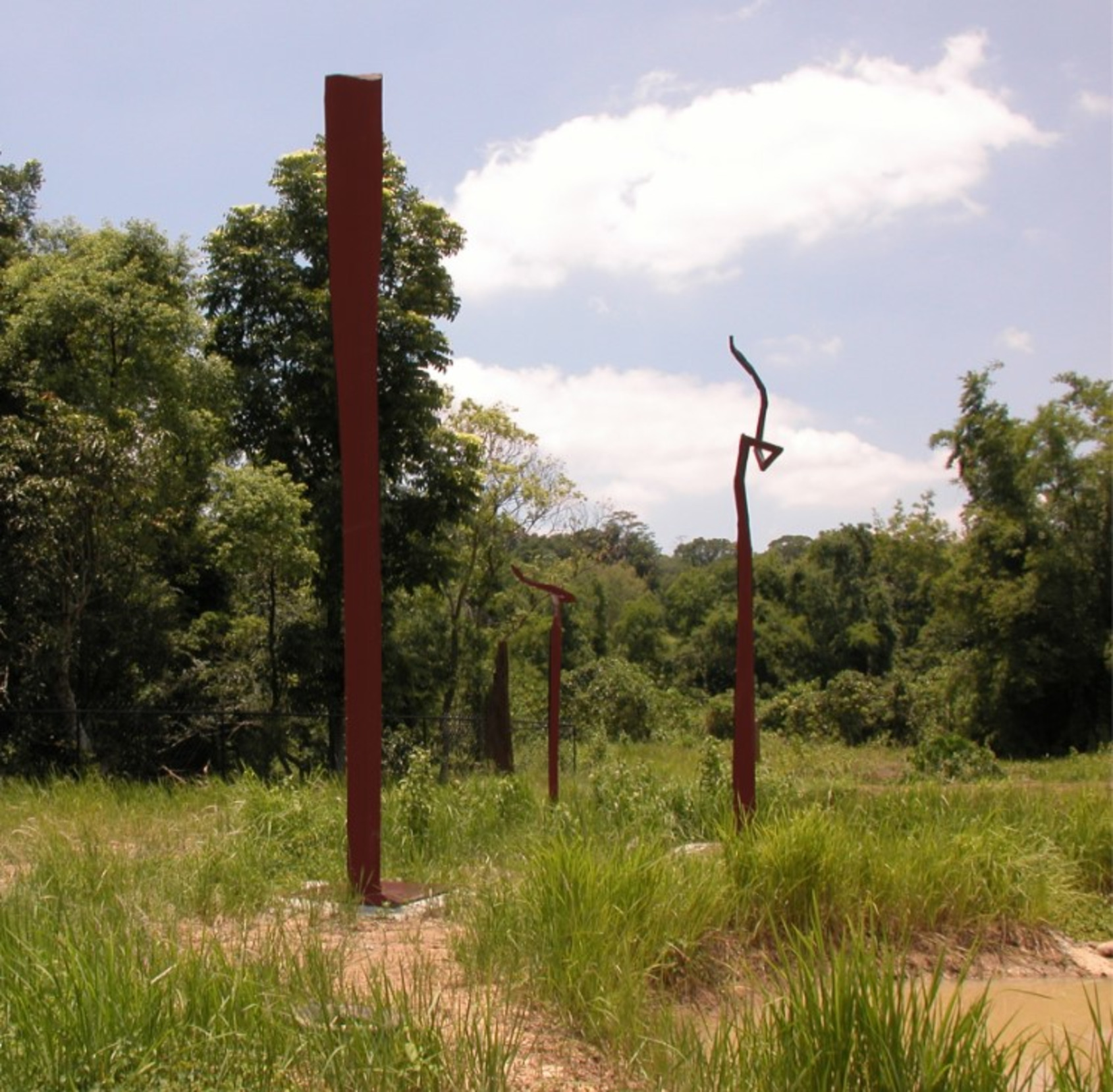
© Hong-wen Lin
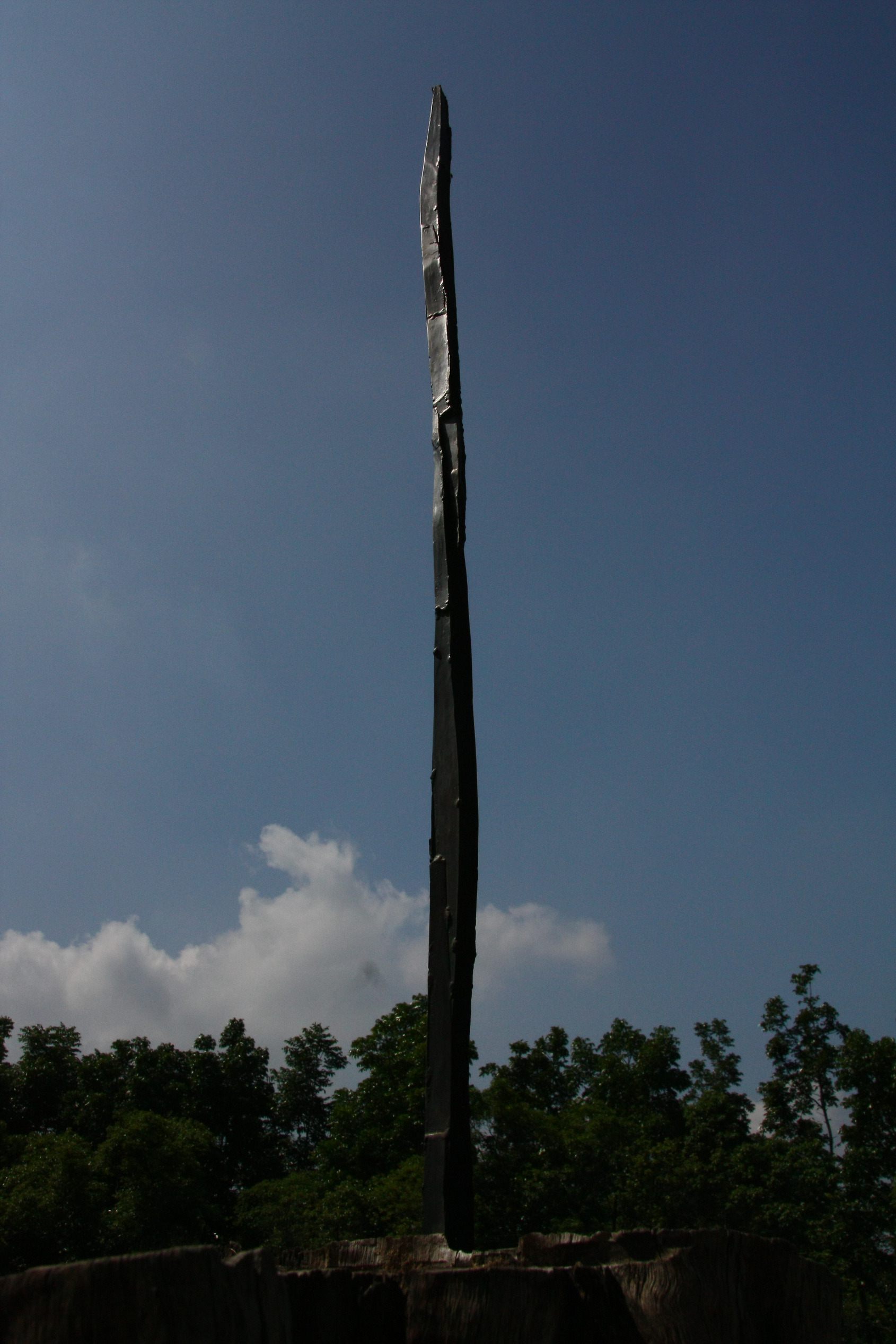
Untitled, 3x3x110cm, Copper, 2002 © Hong-Wen Lin
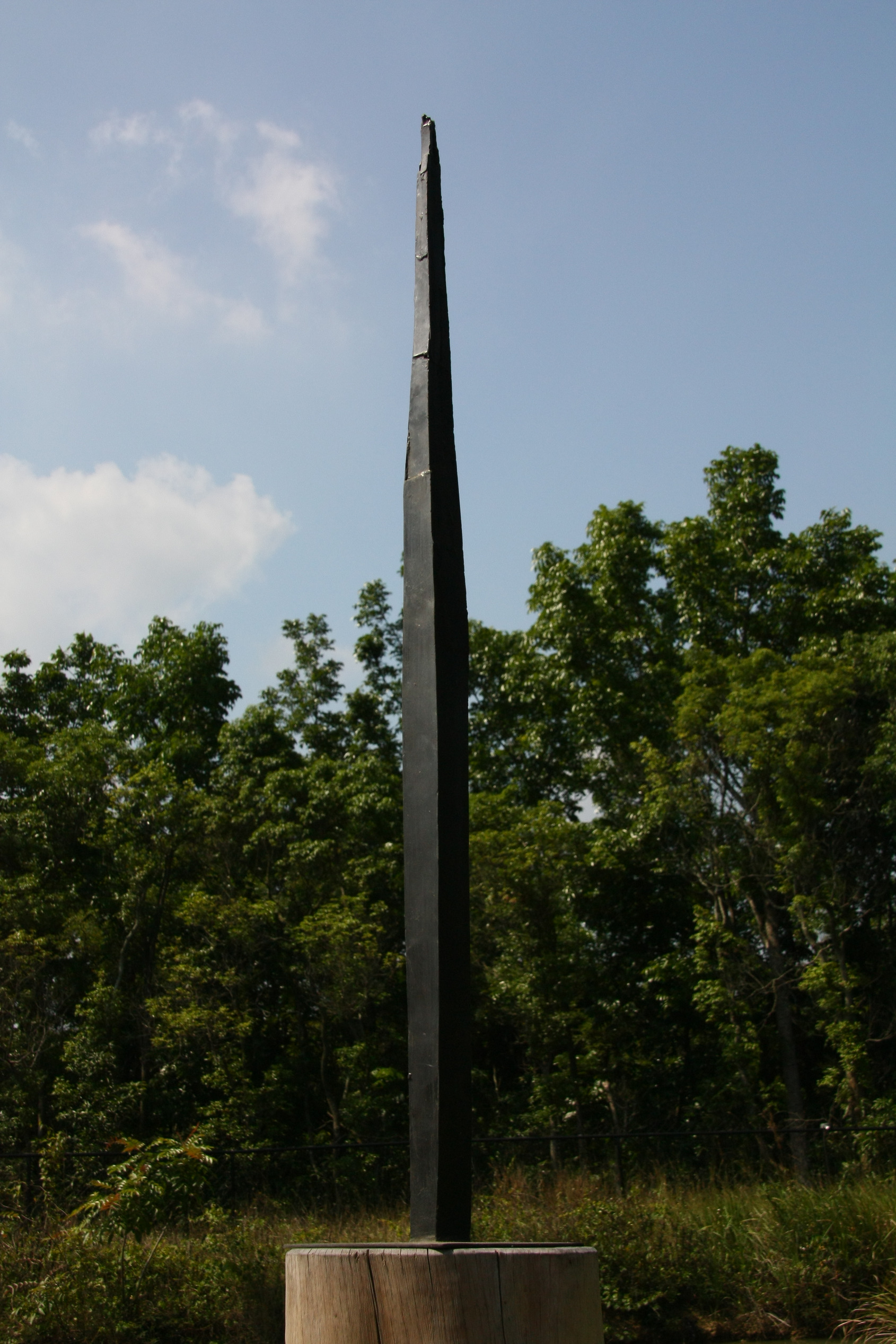
Untitled, 116x23x17cm, Copper, 2001 © Hong-Wen Lin
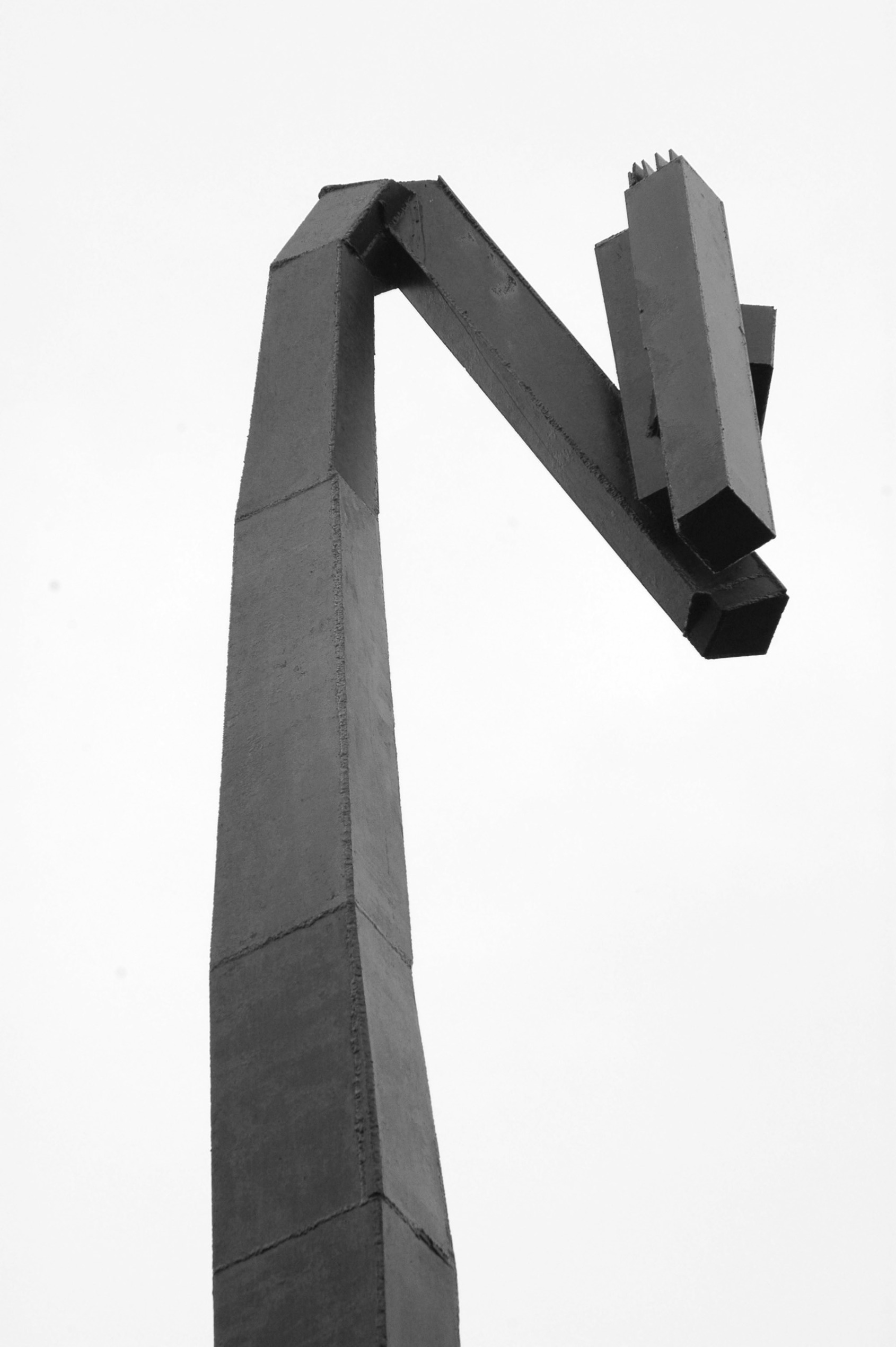
© Hong-wen Lin scuplture outside of ming zong calligraphy museum
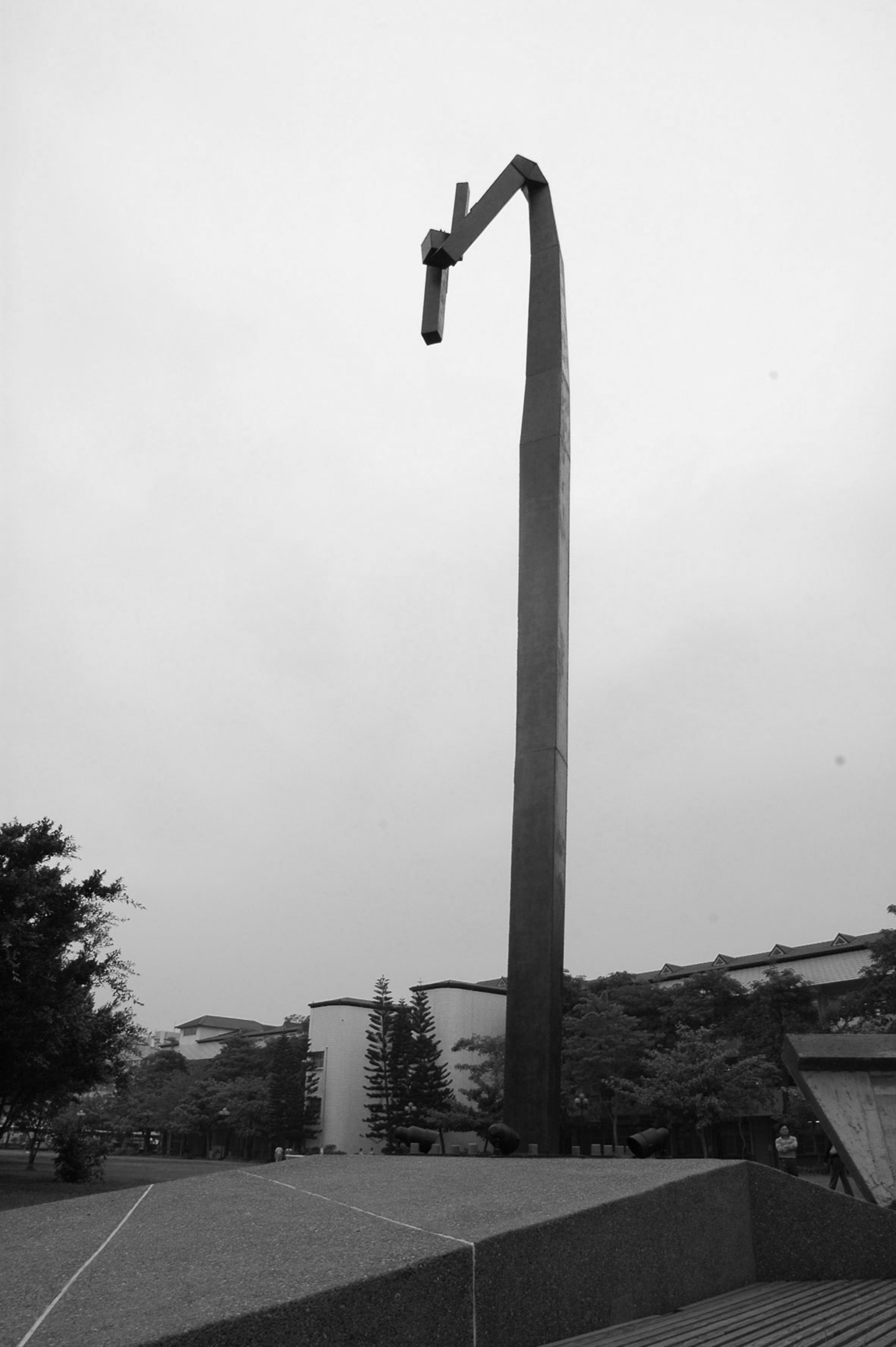
© Hong-wen Lin scuplture outside of ming zong calligraphy Museum
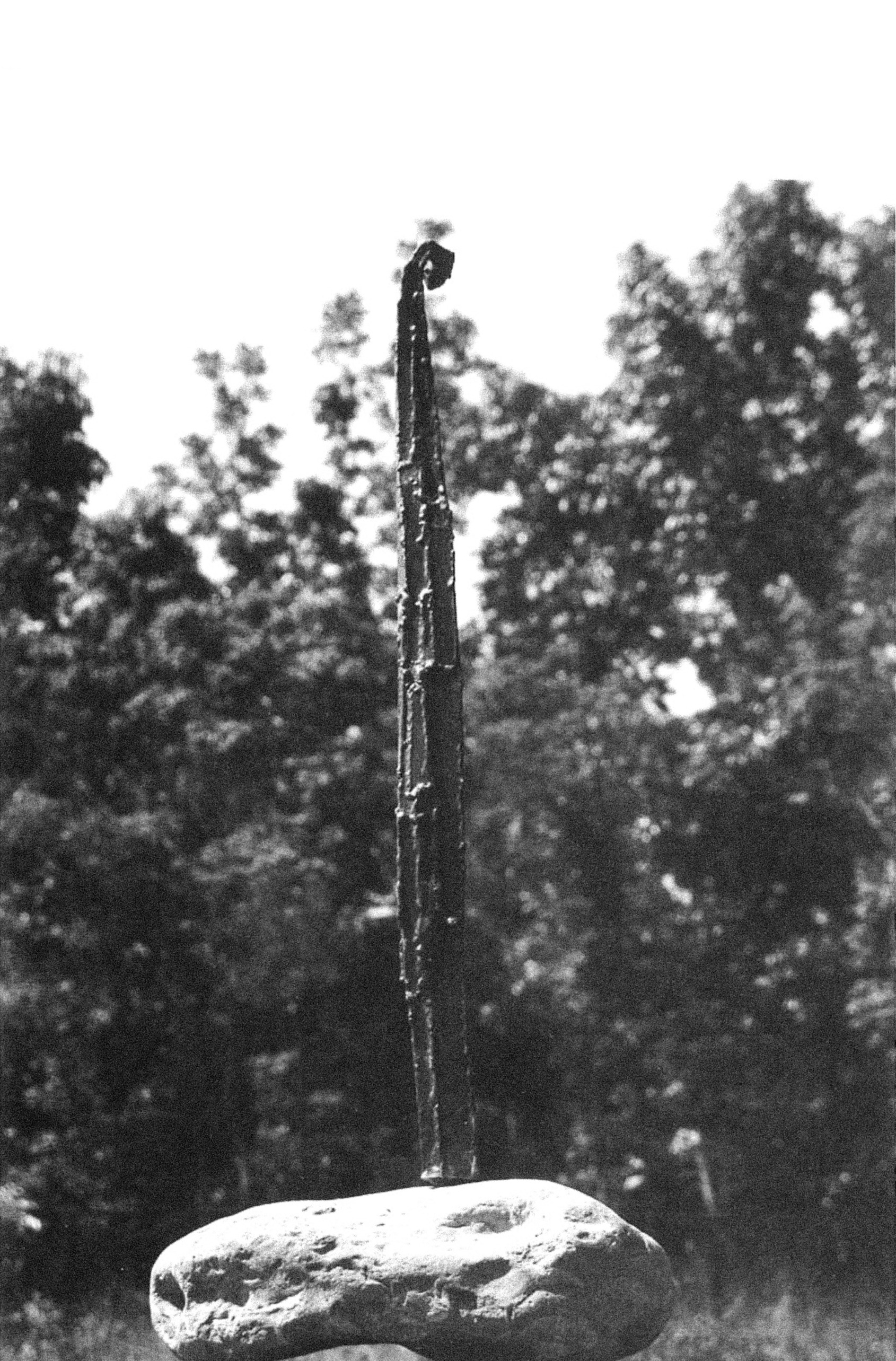
Untitled, 61x26x21cm, Copper fossil, 2003 © Hong-Wen Lin
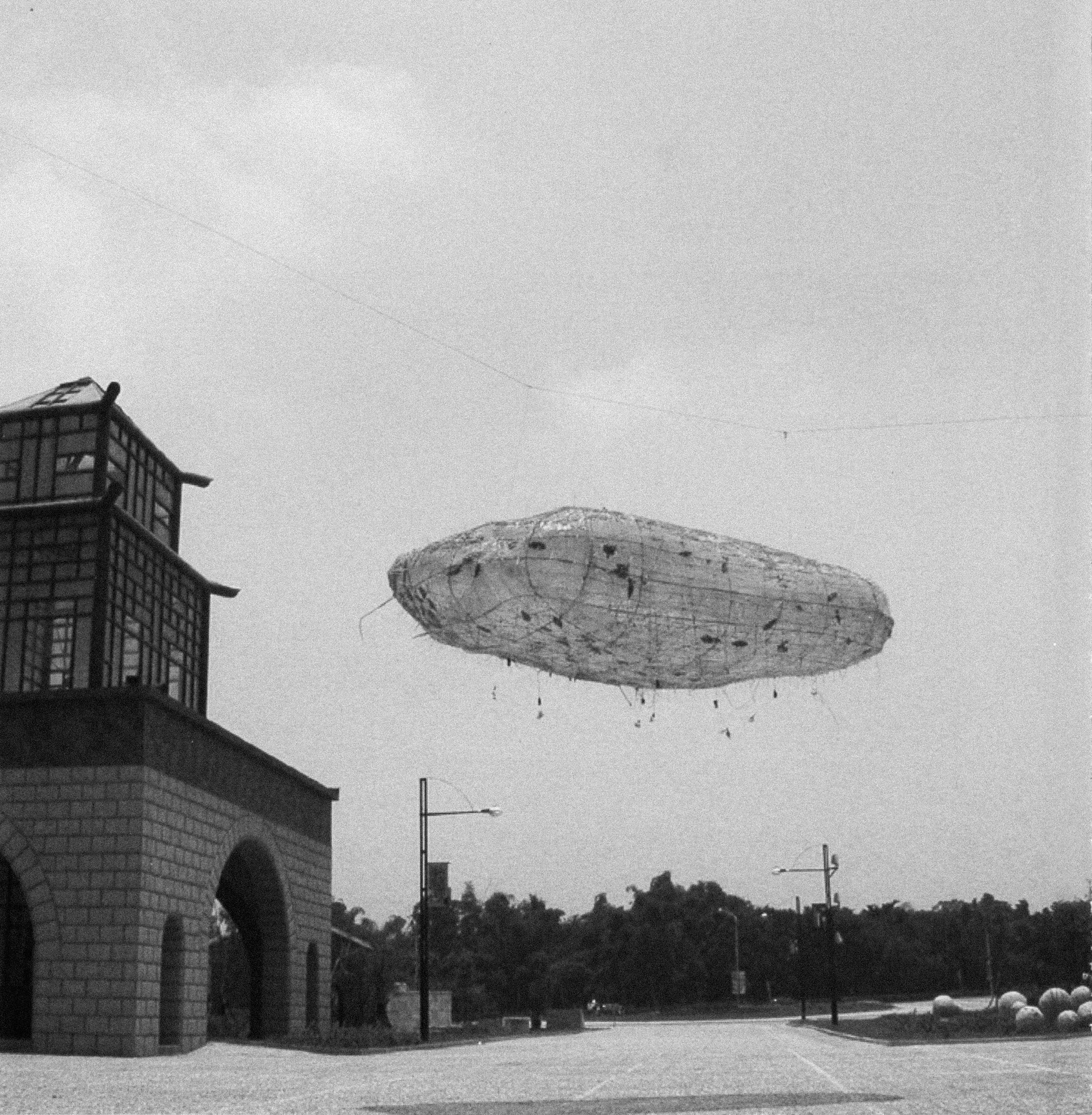
© Hong-Wen Lin